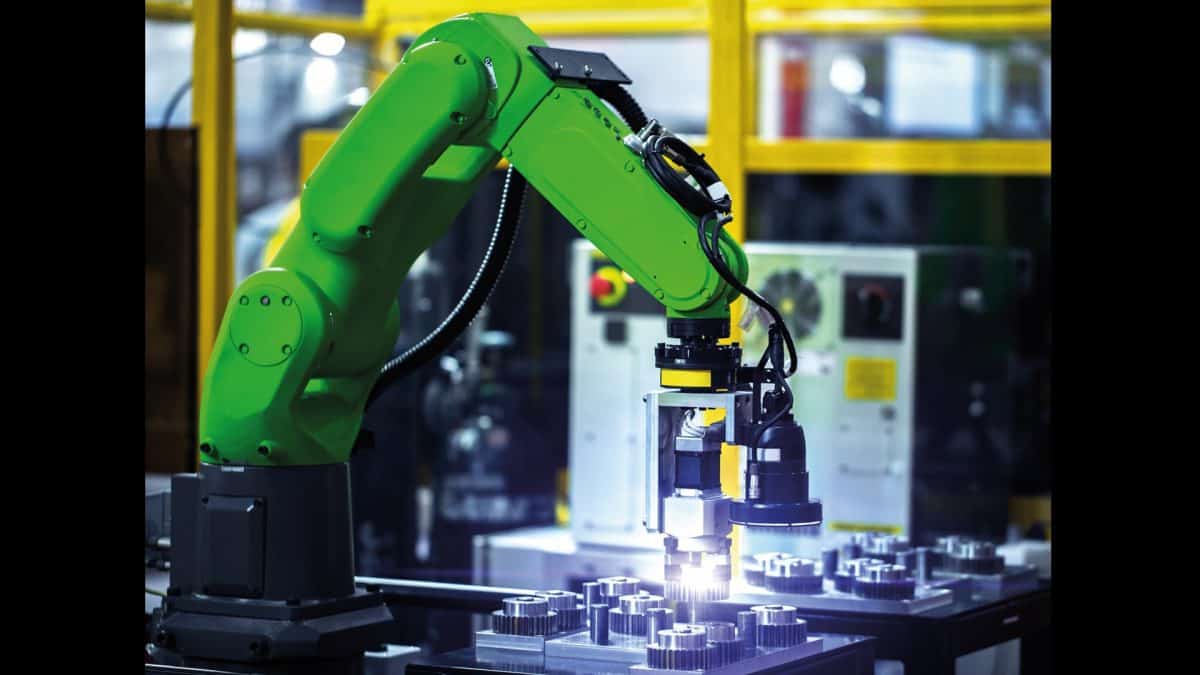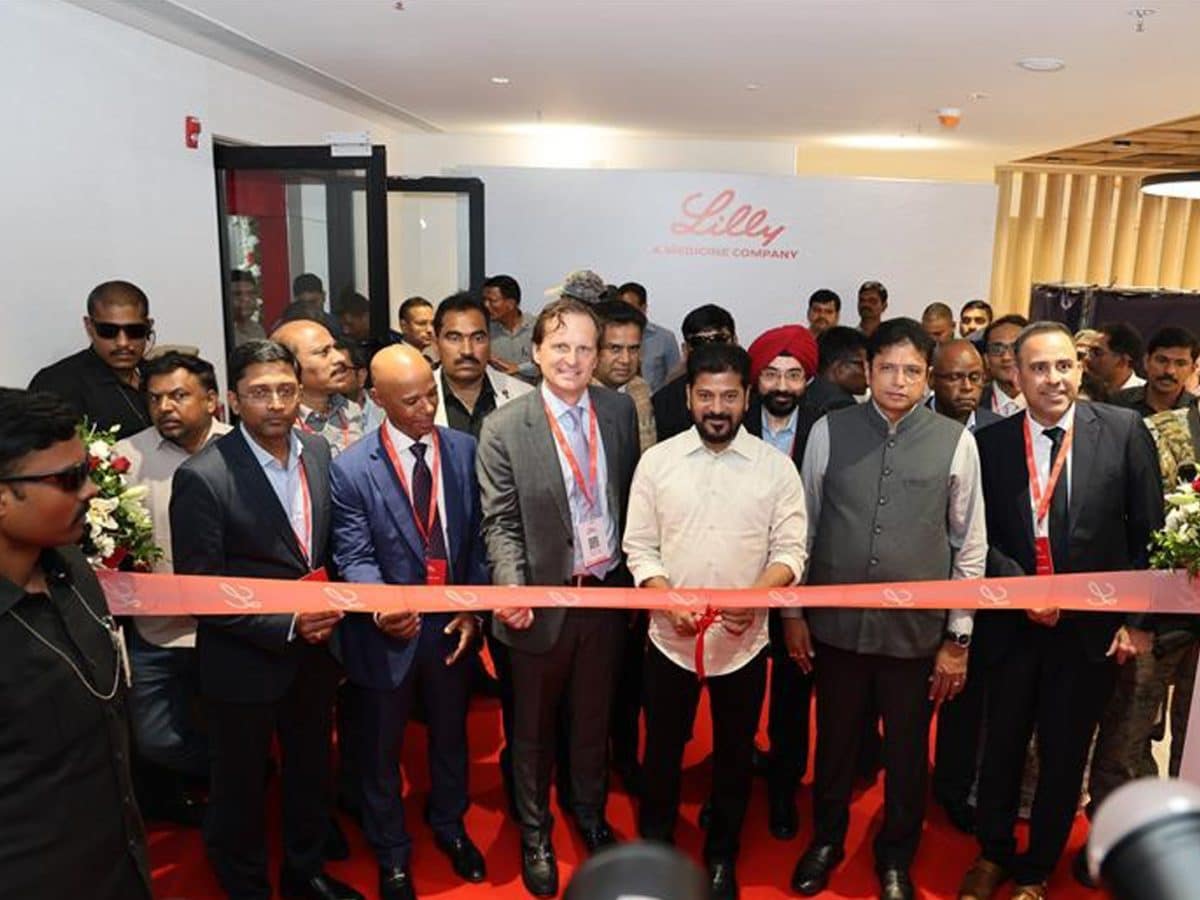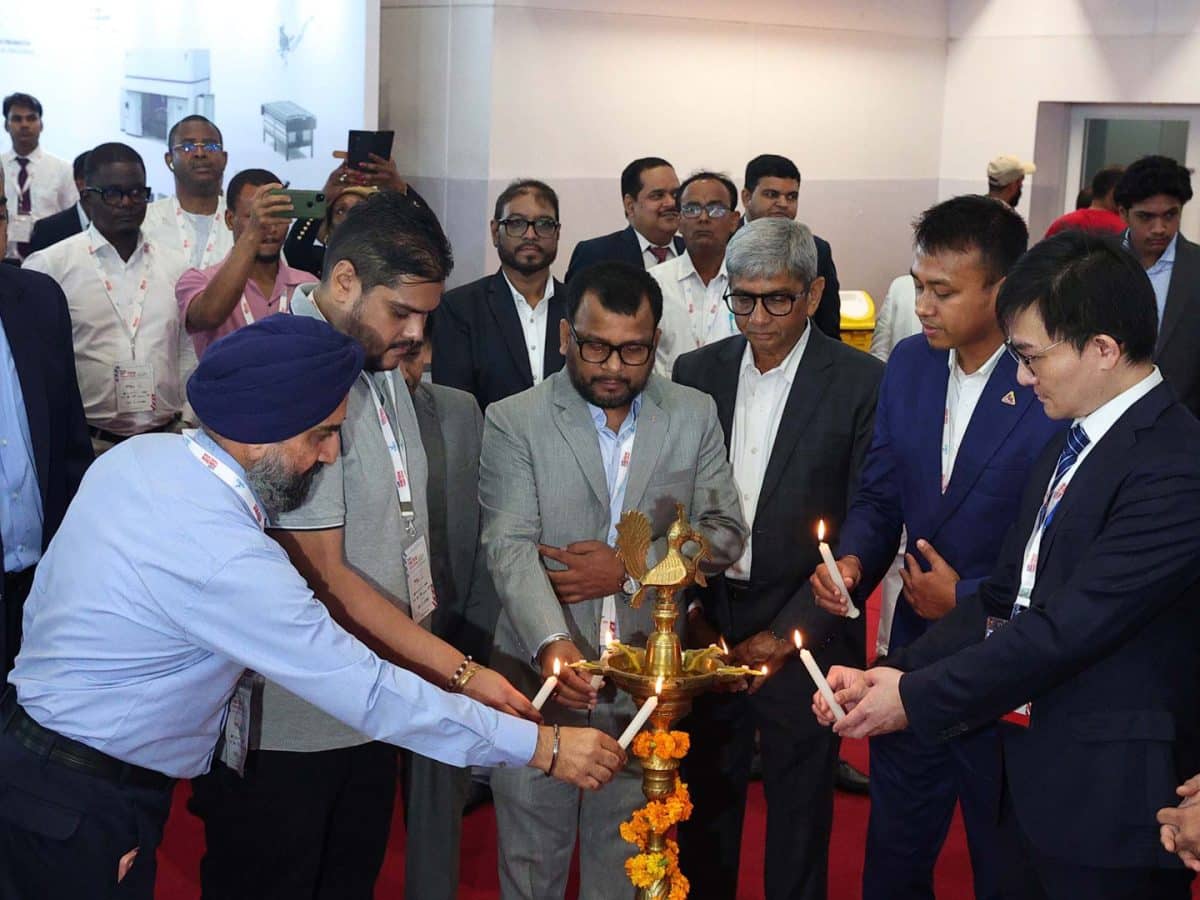In the realm of modern manufacturing, automation transcends mere industry jargon. For small and mid-sized job shops seeking heightened efficiency and profitability, machine tool automation is the compass guiding operational enhancements. Yet, delving into heightened automation entails seismic alterations to manufacturing methodologies. When executed adeptly, CNC automation holds the key to revolutionising factory functions and augmenting efficacy. However, misjudged or untimely automation adjustments risk derailing a company’s trajectory.
Incorporating automation into CNC machining is a labyrinthine task, demanding meticulous planning and execution for triumphant integration. The crux lies not in whether to automate but in discerning the ‘what’ and ‘how’ of effective automation. Tailoring automation strategies to specific shop objectives is paramount, offering a gamut of options that align with diverse needs and budgets in the machining ecosystem.
We’ve identified few foundational steps that will help decide how to proceed with the adoption of automation.
Principles steering the path to automation
Investing in the transition from conventional machine tools to advanced CNC systems for automation purposes often incurs significant costs. However, as innovative methods emerge and technology becomes more prevalent, businesses may naturally gravitate towards increased automation in response to market shifts, rather than pursuing automation as an autonomous objective. This reactive stance implies a response to external factors, rather than being an intentional pursuit.
Contrastingly, devising a comprehensive blueprint for complete automation demands extensive planning and carries higher costs. Embracing a proactive stance towards automation is advisable. Such a proactive approach mitigates the risk of critical errors, excessive expenses, or flaws in the manufacturing process, providing a more controlled and strategic route to automation implementation.
The role of human workers
Taking a proactive approach to automating the CNC machines involves meticulous planning of the precise steps required for full automation, including strategic considerations for employees’ roles. While the primary responsibility concerning CNC machines revolves around preparing and training employees in CNC programming, ensuring a sufficient number of skilled programmers capable of managing the entire production line is crucial.
Human involvement in a fully automated manufacturing centre encompasses more than just programming roles. Besides trained programmers, the setup requires the presence of quality assurance officers and designers to ensure smooth operations and uphold quality standards throughout the automated manufacturing process.
Tools to achieve complete automation
To achieve fully automated CNC processes, sophisticated software is essential for generating intricate CNC programming. Creating a fully automated CNC program meeting specified parameters without manual intervention demands a level of programming that would be excessively time-consuming to achieve manually. This programming stage necessitates additional software beyond what is employed in the CNC machines themselves.
Examining the demands for comprehensive CNC machining automation underscores the intricate nature of fully automated systems. Instead of shying away from advanced machining automation, operators should judiciously assess the opportune timing and method to elevate their existing level of automation.
Define and measure your shop’s short- and long-term goals
Automation can significantly boost shop throughput, yield, and productivity. Identifying specific goals guides the type, placement, and implementation of automation on the shop floor. Clearly defined objectives facilitate easier design and execution of manufacturing processes with technology. To start outlining shop’s goals, consider:
- Determining which objectives would justify automation.
- Establishing measurable criteria to define success.
Create metrics and Key Performance Indicators (KPIs) to evaluate the effectiveness of the automation strategy. Assess current standings and identify improvement areas in key aspects such as productivity, manpower requirements, and employee-related factors. For instance:
- Productivity: Shop capacity, yields, lead times, rejects/scrap, setup/machining time, machine utilization, sales pipeline, and costs.
- Manpower requirements: Energy consumption, downtime, maintenance/repair, and personnel.
- Employee-related factors: Turnover, recruitment/retention, insurance costs, and morale.






